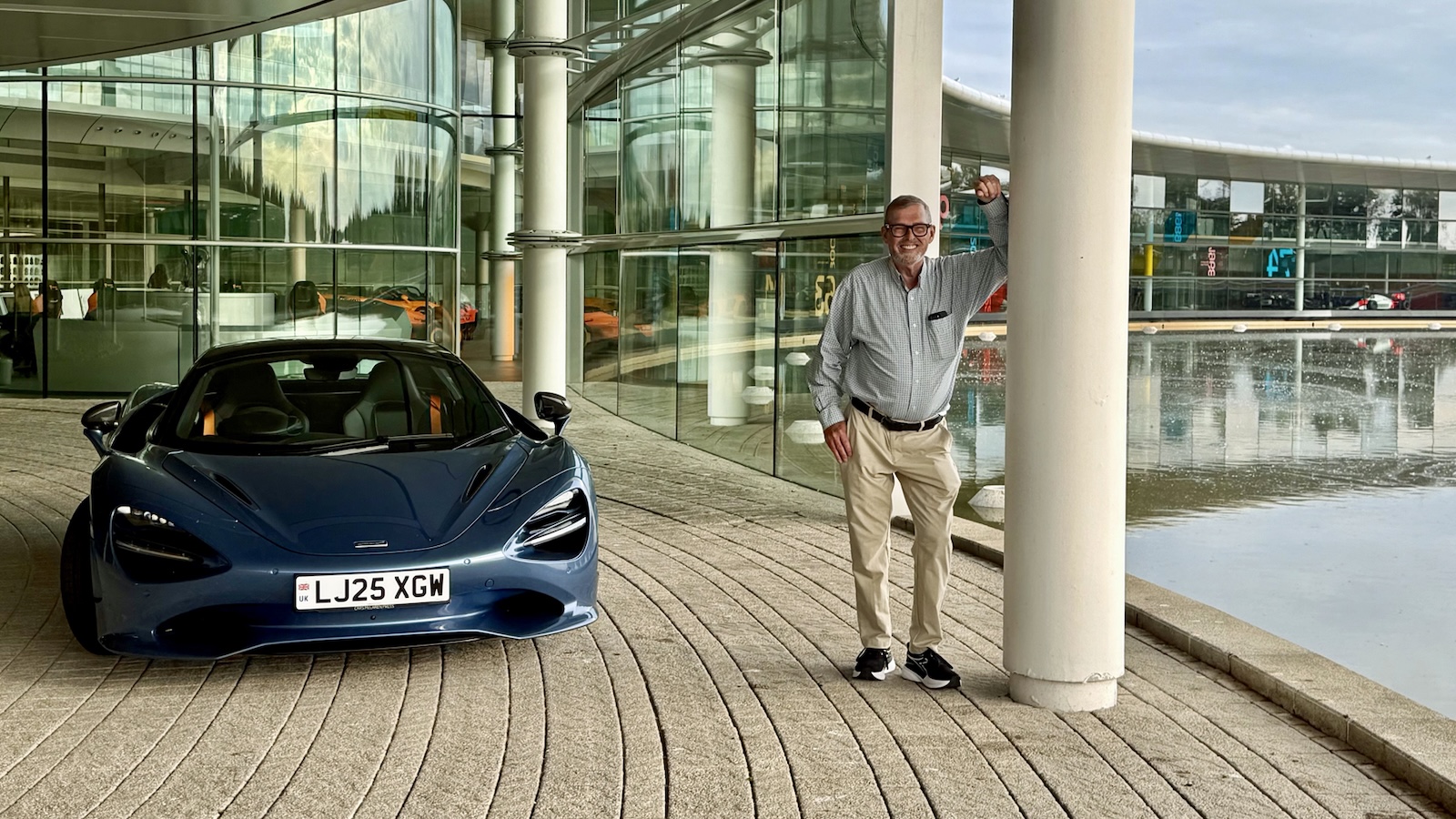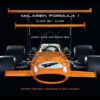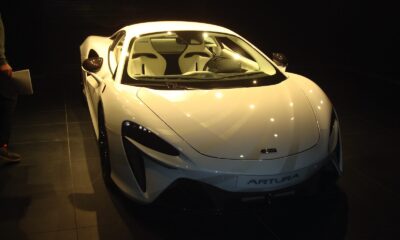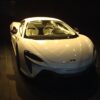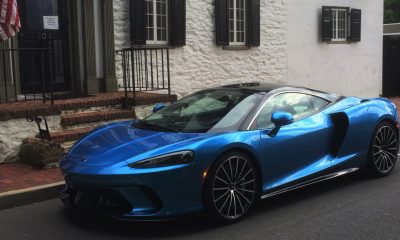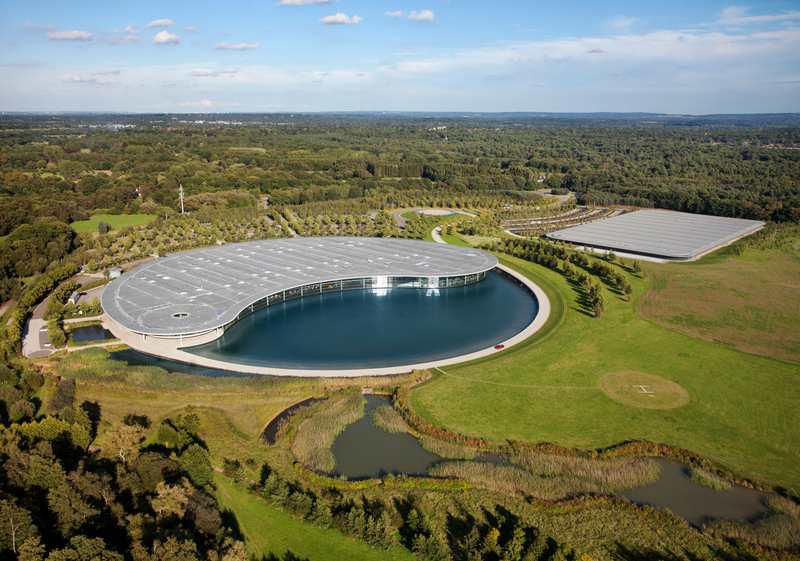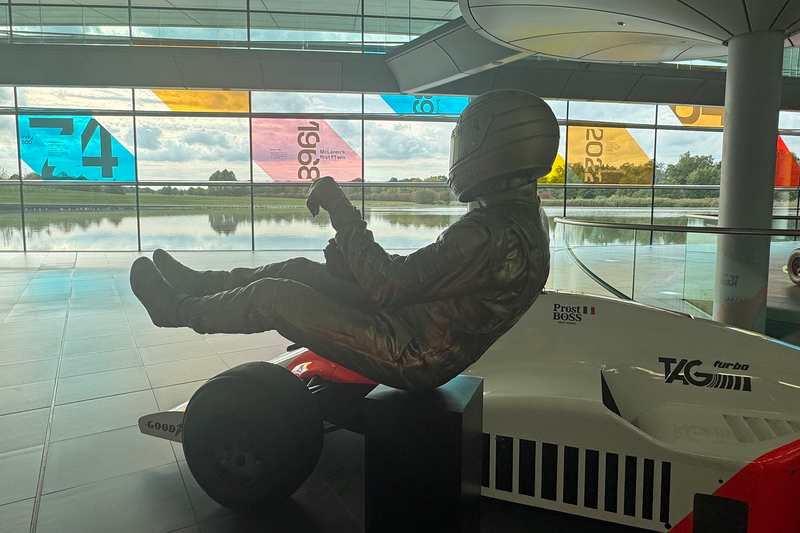Exclusive
Inside McLaren Technology Centre: A Rare Look After 20 Years
Inside McLaren Technology Centre:
A Rare Look After 20 Years
I’ve been a car guy since my earliest memories… sliding around on the bench seat of my Dad’s ’49 Plymouth, untethered by a seat belt. My fondest automotive memory, though, is of my second car and first love: a 1967 Pontiac GTO, a true American muscle car.
That early love of cars never left me—it simply evolved from classic American muscle to an appreciation for the precision and innovation of modern supercars. So imagine my delight when the opportunity presented itself for a private tour of the McLaren Technology Centre (MTC) in Woking, Surrey. While the MTC is not open to the public, a request to visit the iconic facility while on a trip to London was graciously accommodated.
Driving up the scenic road, the MTC building emerged from the serene landscape. I felt like Dorothy catching her first glance of Oz at the end of the Yellow Brick Road.
Viewed from above, the MTC and its surrounding lake form a perfect circle— a Yin and Yang of nature and technology set within a carefully maintained ecosystem. When McLaren converted the former ostrich farm into their global headquarters in 2004, they planted more than 100,000 trees and shrubs. The lake holds 30 million liters of water, which circulates through heat exchangers to cool the building and dissipate heat produced in the wind tunnel.
The design brief was to make it feel “90-percent NASA and 10-percent Disney.” While I might quibble with the ratio, it fully accomplishes both—strikingly futuristic yet very welcoming. Though it marked its 20th anniversary in 2024, the MTC remains a marvel of modern design with its Production Centre seamlessly linked through an underground tunnel.
Just inside the MTC’s expansive entry is a statue of founder Bruce McLaren standing next to the Austin 7 Ulster that Bruce restored as a teenager. Some consider it to be McLaren’s first race car, the genesis of the brand’s DNA. The MTC is part museum/part production facility – and part futuristic laboratory developing new technology for both the racing teams and production cars.During my visit, I was given just a few restrictions on where I could not take photos. For instance, no photographing inside the Production Centre where McLaren’s high-performance supercars are hand-assembled. While a picture might be worth a thousand words, I would describe it as more of a tranquil and pristine workshop than a noisy production floor. With only one production shift, McLaren still produces an average of 22 cars per day.
In 1981, McLaren introduced a carbon fiber chassis into Formula 1 with the McLaren MP4/1. In 2013 McLaren delivered the P1™, the first hybrid hyper car. Throughout the Woking headquarters, innovations in both racing and production cars are on display, along with a full-scale LEGO® McLaren Senna comprised of more than 468,000 bricks, with working sounds and lights, and Pirelli P Zero Tires. Weighing in at two tons, it’s arguably the slowest McLaren ever built; it is, however, a magnificent work of art.
Beyond this playful display lies a more reverent celebration of McLaren’s legacy: two long display cabinets line a corridor, housing dozens of the most prized racing trophies from victories around the world, spanning decades. But the most important trophy was probably the first, won when Bruce was just 15 years old. Without that initial win, the passion that powers McLaren today might have never been sparked. Passion and innovation drive everything McLaren does—and have since that very first victory.

A life-size statue of Bruce McLaren, created by motorsport artist Paul Oz, stands between the Austin 7 Ulster (L) and a Can Am car. 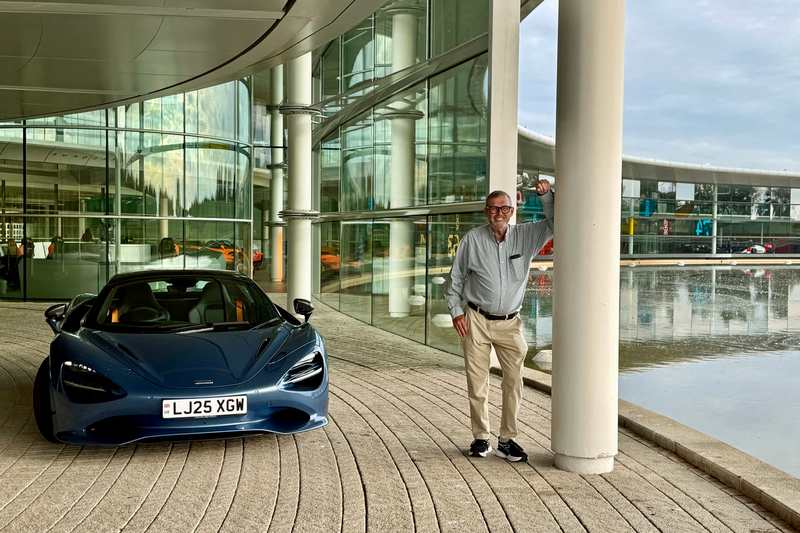
David Alvey, founder & CEO of Dallas-based Advertising & PR agency Aardvark Communications, Inc. at MTC October, 2025. 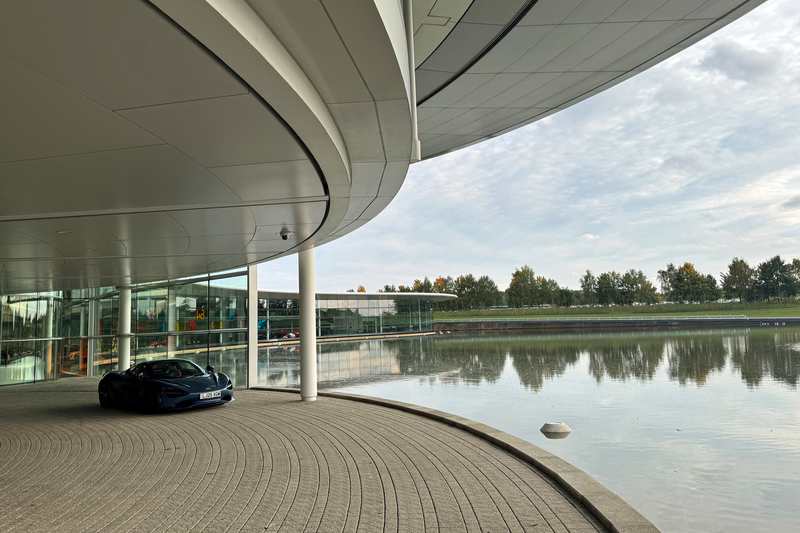
MTC Drive, Entry & Lake 
Looking across the lake to the MTC with its curved glass wall. 
Looking down on the Boulevard inside MTC with a mix of McLaren’s racing and road cars. 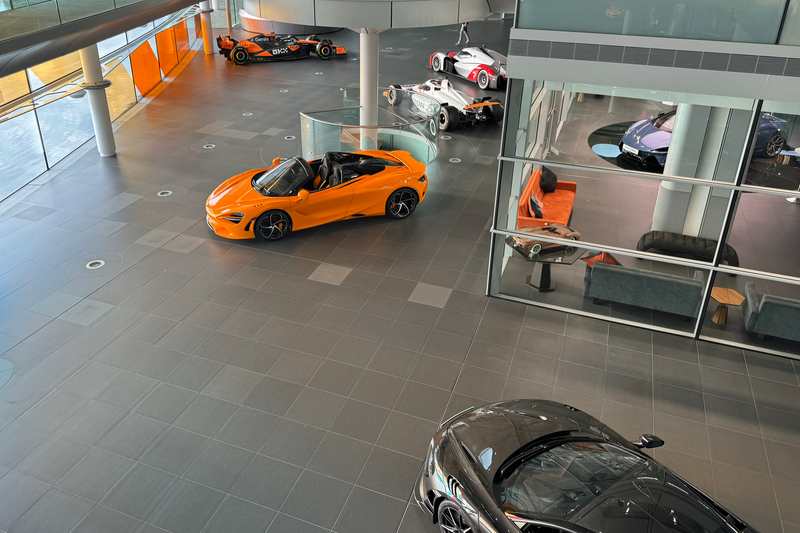
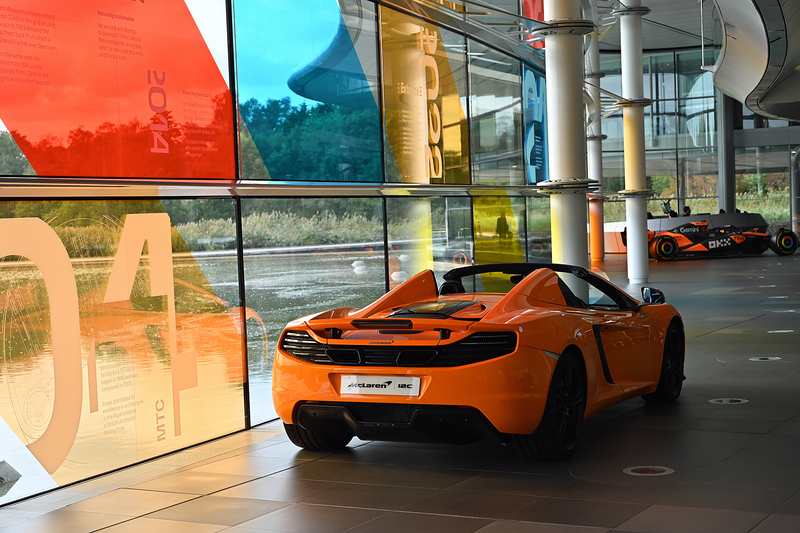

A McLaren 750S in Papaya Orange 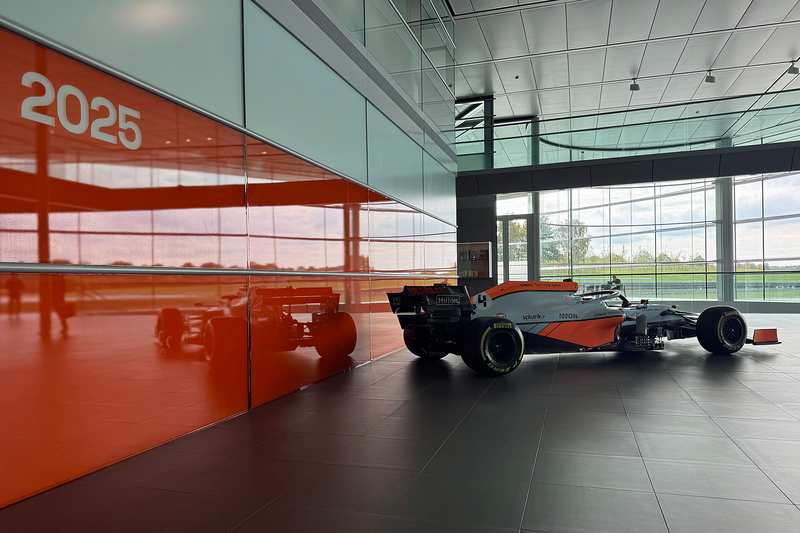
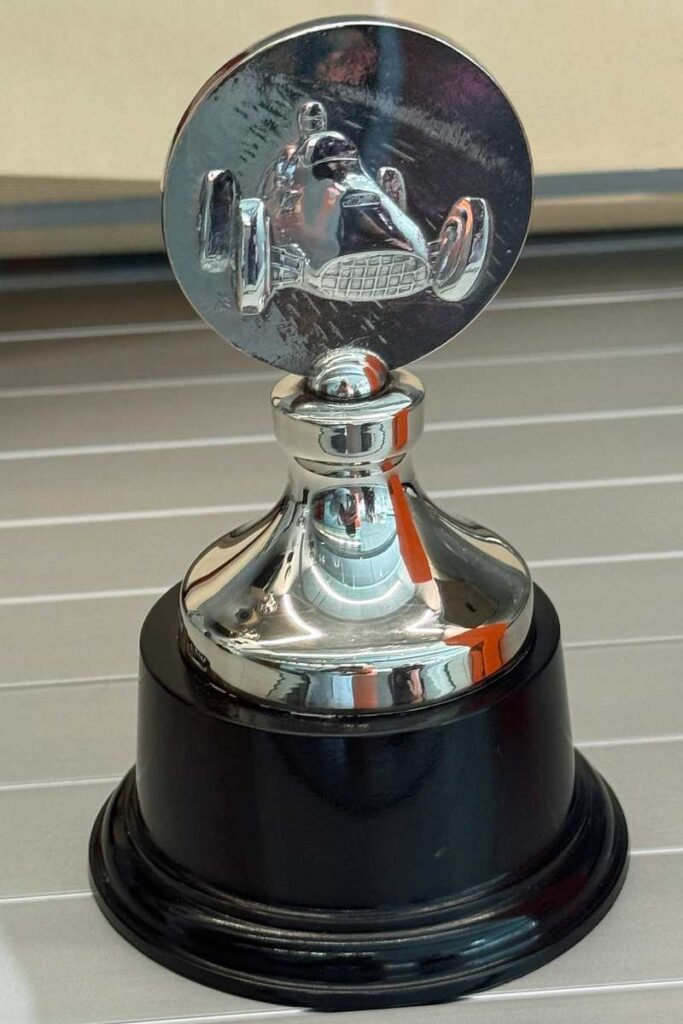
At the age of 15, Bruce McLaren took part in his first-ever motorsport competition, winning the small capacity class in his Austin 7 Ulster at the nearby Muriwai Hill Climb. Bruce continued to use this car for three years in local speed events, collecting many trophies – including this one from 1954. 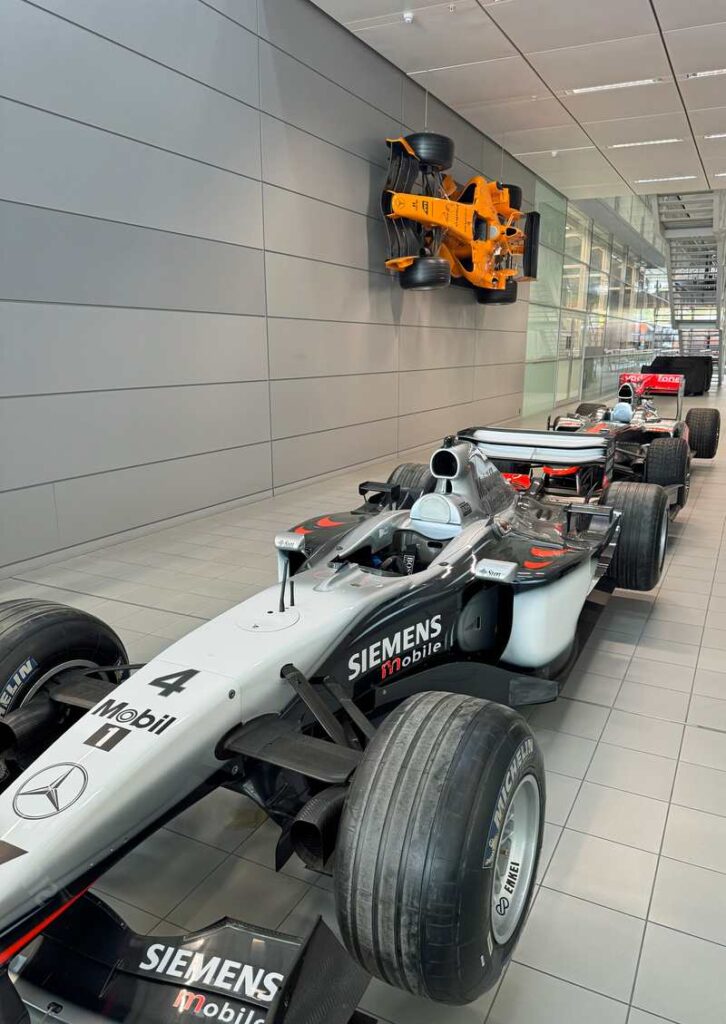
Mclaren F1 cars on display at MTC. The orange car is so lightweight it can be suspended and displayed as an objet d’ art on the wall. McLarenFittipaldi – Emerson Fittipaldi’s winning F1 cars 
Mclaren F1 cars on display at MTC. The orange car is so lightweight it can be suspended and displayed as an objet d’ art on the wall. McLarenFittipaldi – Emerson Fittipaldi’s winning F1 cars 
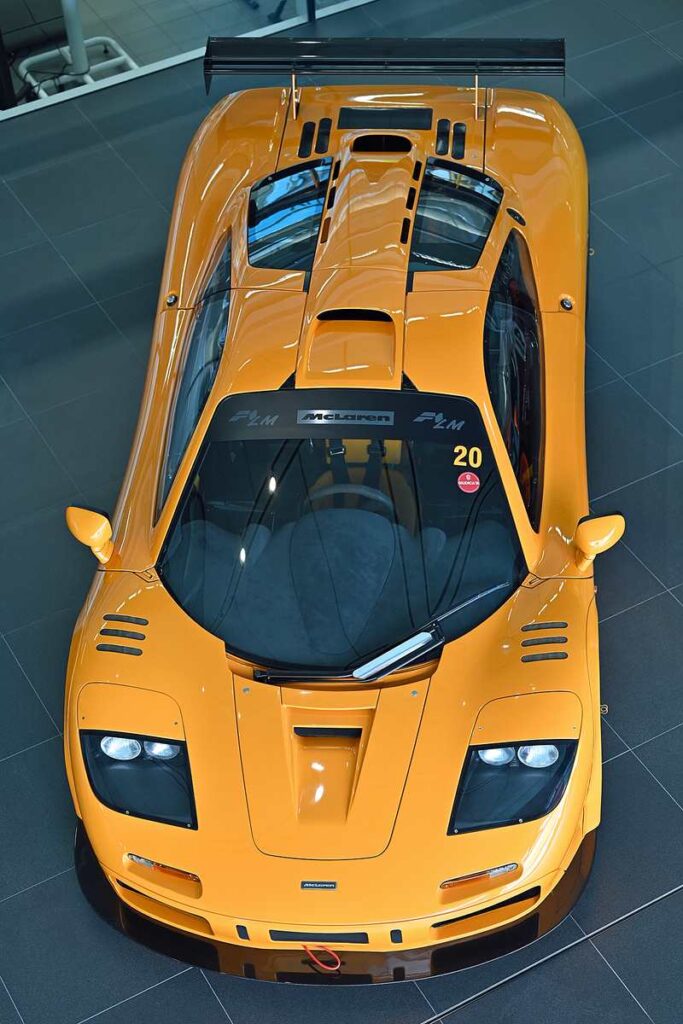
McLaren F1 GTR is the racing variant of the F1 sports car. In 1995, it won the 24 Hours of Le Mans. 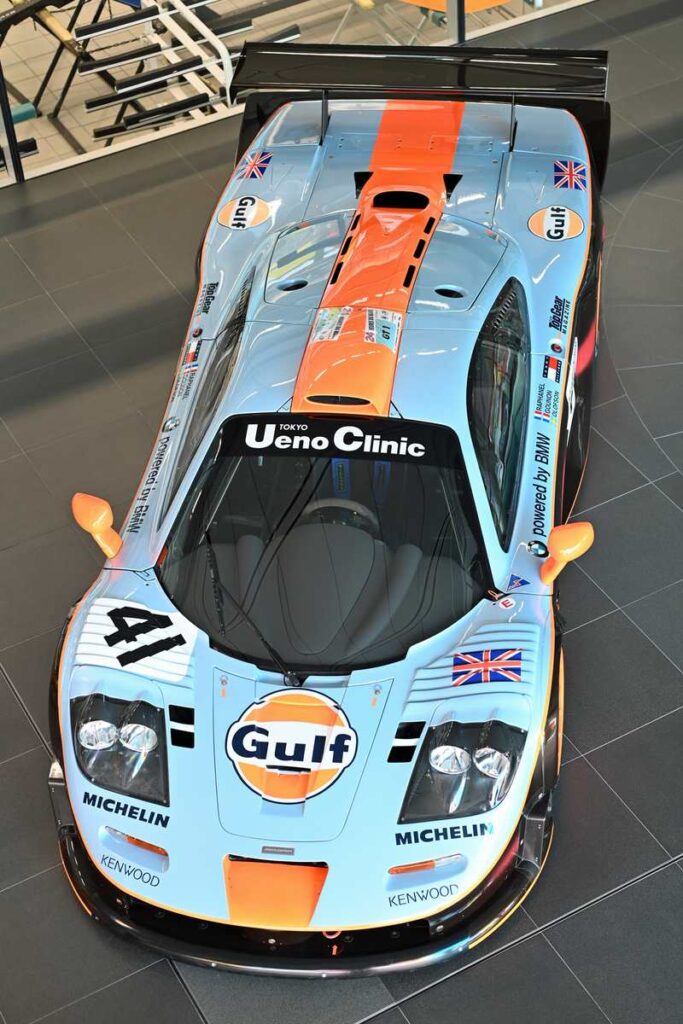
From 1968 to today, McLaren has collaborated to create some of the most unforgettable developments in motorsport. From iconic racing livery to a shared pursuit of ultimate performance in automotive and racing technology. Gulf remains McLaren’s Official Lubricant and Fuel partner. No car leaves the factory without Gulf Formula Elite as its first-fill lubricant. 
A windscreen version of the McLaren Elva roadster was designed for customers who prefer to have a physical winshield rather than the barrier of air provided by the Active Air Management System (AAMS), as well as to meet legal requirements in some states in the USA. The windscreen variant is among the rarest of McLarens. 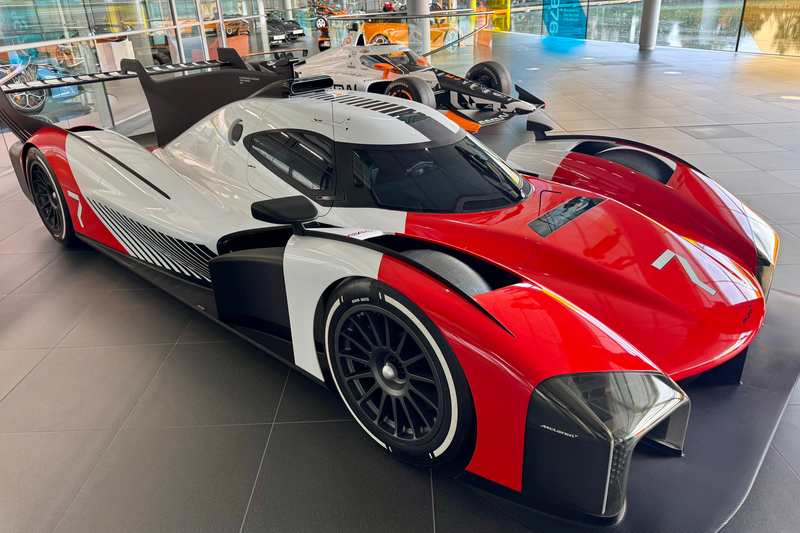
McLaren Project: Endurance, LMDh Hypercar, is set to challenge in the FIA World Endurance Championship (WEC) from 2027. Uncompromised by road-to-track development and built to compete at the pinnacle of endurance racing. 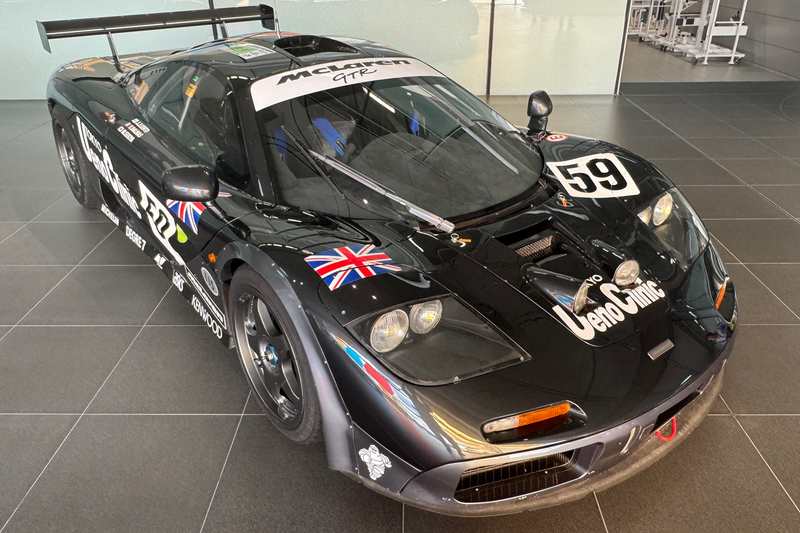
The McLaren F1 GTR is the Ueno Clinic sponsored #59 car that won the 24 Hours of Le Mans in 1995. 
McLaren K8 MCL aka XP5 F1 prototype. (L) In March 1998, McLaren took XP5 to Volkswagen’s Ehra-Lessien Proving Ground to establish the F1’s top speed. Andy Wallace took XP5 up to a world record 386.7kmh (240.14mph). XP5 remains the most famous F1 of all. McLaren configured the car in Dark Metallic Green with a Grey interior and a Black driver’s seat with Green insert. McLaren registered the car K8 MCL in April 1994. Beside K8 MCL (Rt) is the Ueno Clinic sponsored #59 F1 GTR that won the 24 Hours of Le Mans in 1995. 
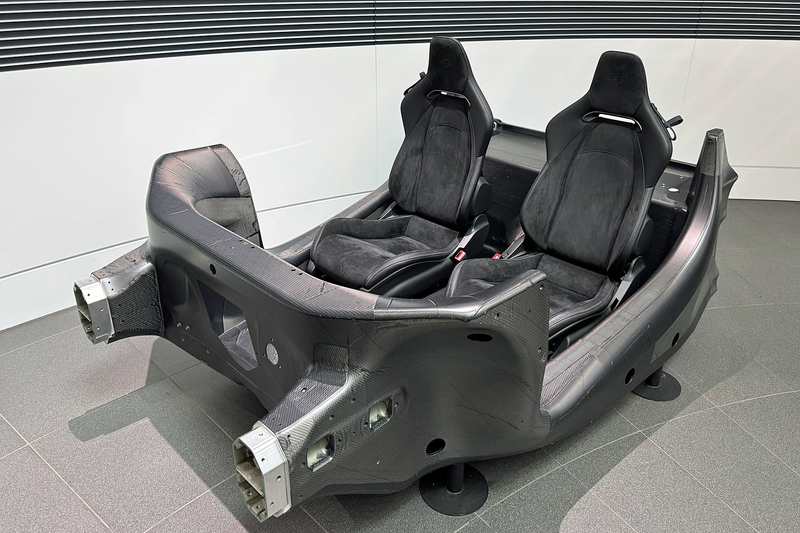
Every McLaren designed for the road or track since 1981 has a lightweight carbon fibre chassis. The Monocell II is 25 percent stiffer than a comparable aluminum chassis and has an even greater margin of superiority over steel yet weighs led than 80kg. Its unparalleled structural stiffness brings great benefits in handling, agility, comfort and passenger safety. 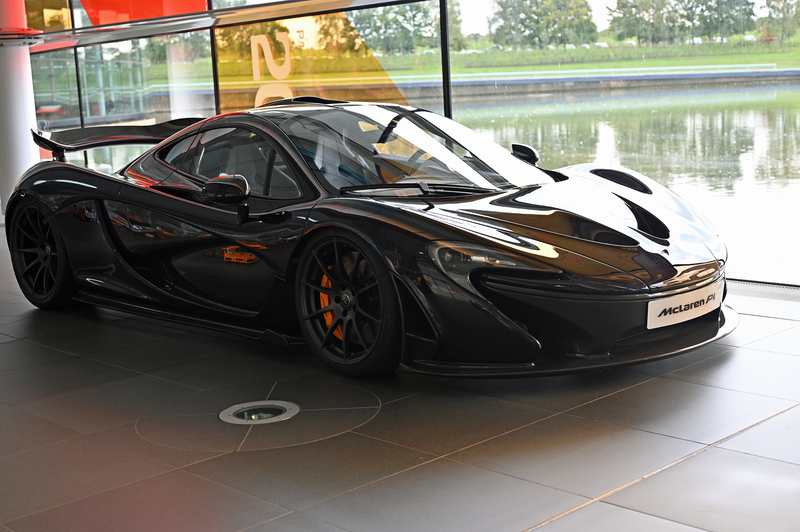
In 2013 McLaren delivered the first hybrid hyper car, the P1™, featuring a twin-turbo V8 engine and an electric motor, producing a combined 916 horsepower and 900 Nm of torque, accelerating from 0 to 60 mph in under 3 seconds with a top speed of 217 mph. 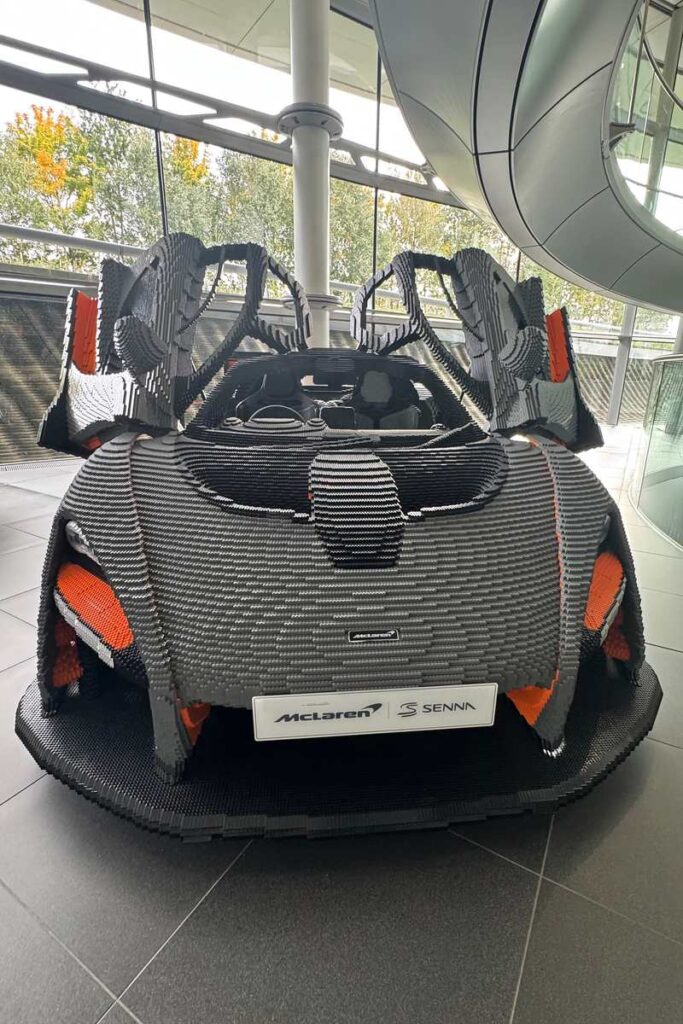
Front view of a full-scale LEGO® McLaren Senna. Comprised of more than 468,000 bricks, with working sounds and lights, and Pirelli P Zero Tires. It weighs 1.9 tons. 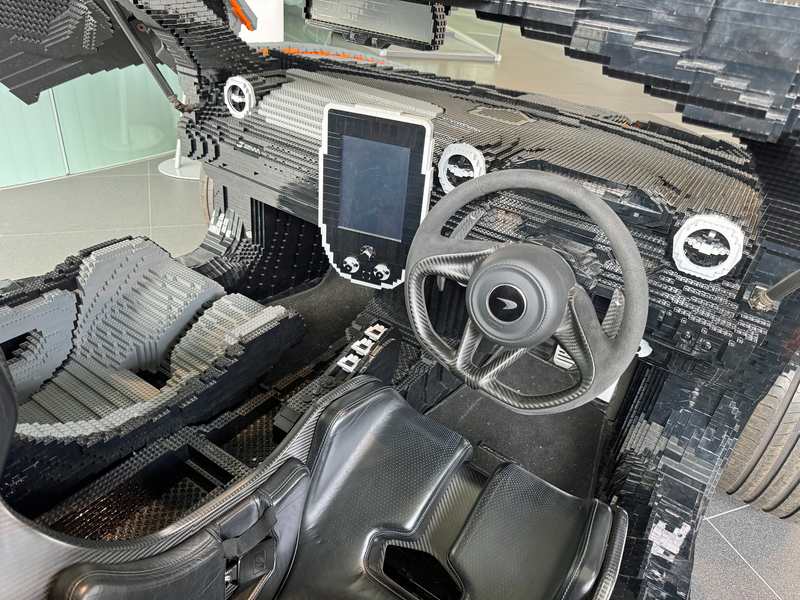
Interior of the full-scale LEGO® McLaren Senna, comprised of more than 468,000 bricks, with working sounds and lights, a racing seat and steering wheel. 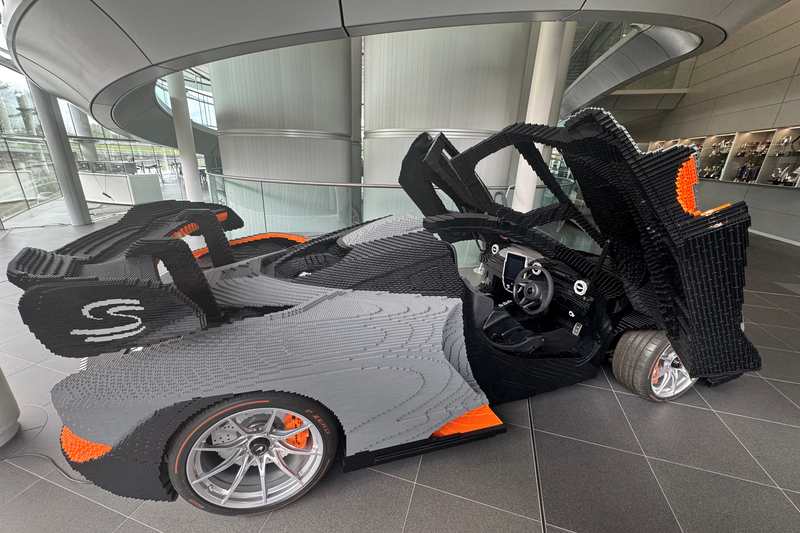
Drive side view of a full-scale LEGO® McLaren Senna. 
McLaren has won the second most Constructors’ Championships with 11 wins (second only to Ferrari’s 16.) 
MTC houses several trophy cabinets filled with tributes to the team’s success, including recent wins like the 2024 Miami Grand Prix and the 2025 Constructors’ Championship, as well as significant historical awards such as the 1995 Le Mans trophy and Ayrton Senna’s final race win. 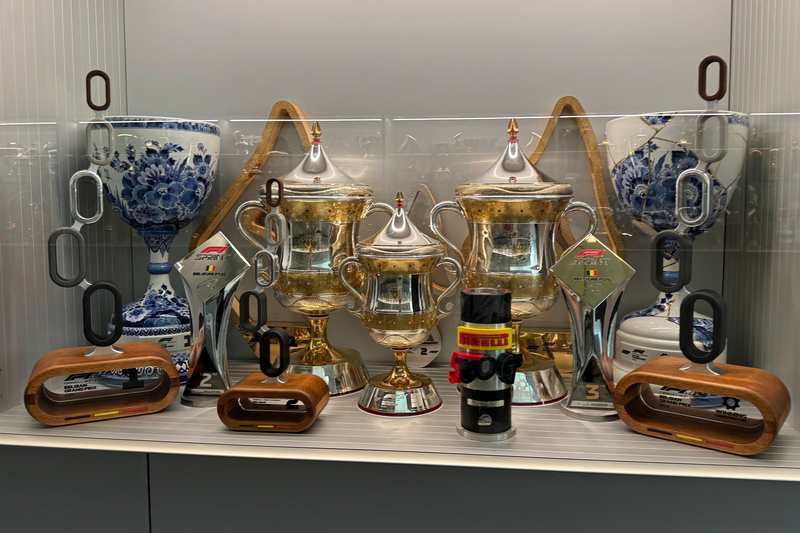
MTC houses several trophy cabinets filled with tributes to the team’s success, including recent wins like the 2024 Miami Grand Prix and the 2025 Constructors’ Championship, as well as significant historical awards such as the 1995 Le Mans trophy and Ayrton Senna’s final race win. 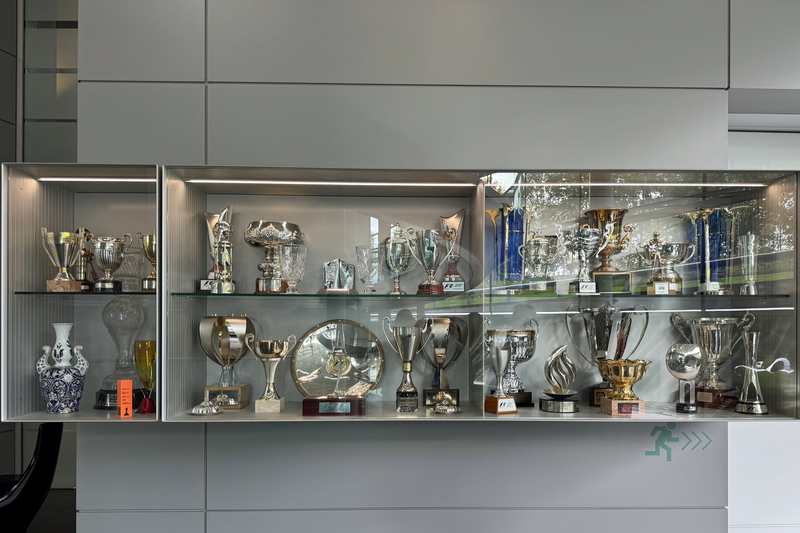
MTC houses several trophy cabinets filled with tributes to the team’s success, including recent wins like the 2024 Miami Grand Prix and the 2025 Constructors’ Championship, as well as significant historical awards such as the 1995 Le Mans trophy and Ayrton Senna’s final race win. 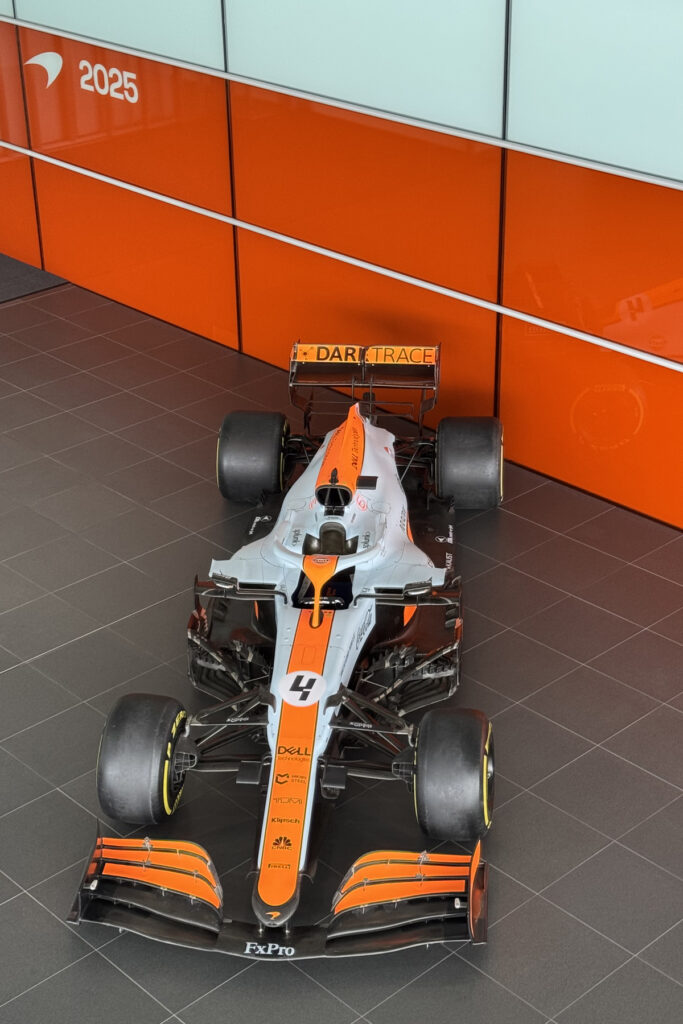
Darktrace was an official AI cyber security partner for McLaren Racing (including F1 & IndyCar teams) from the 2020 – 2024.



